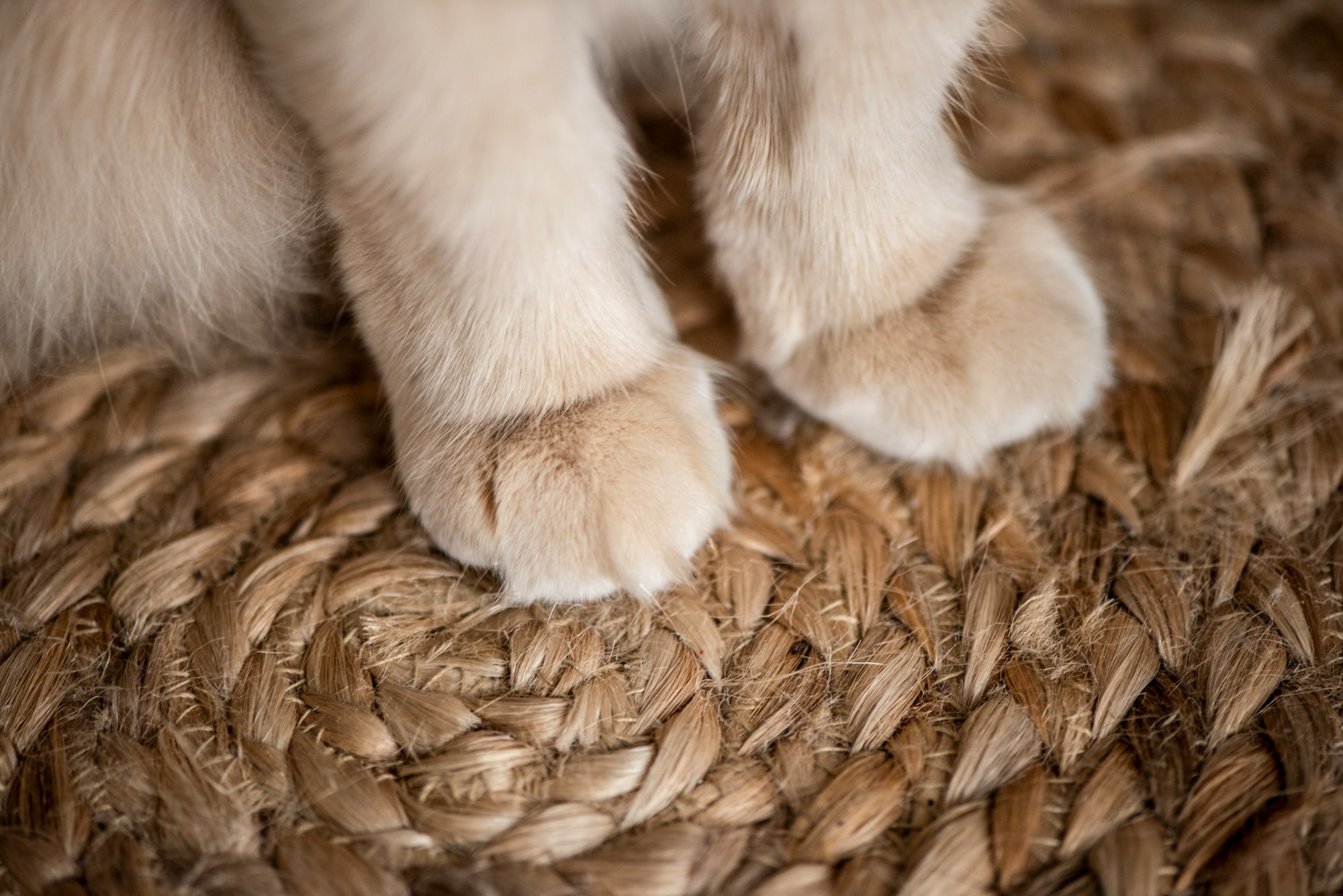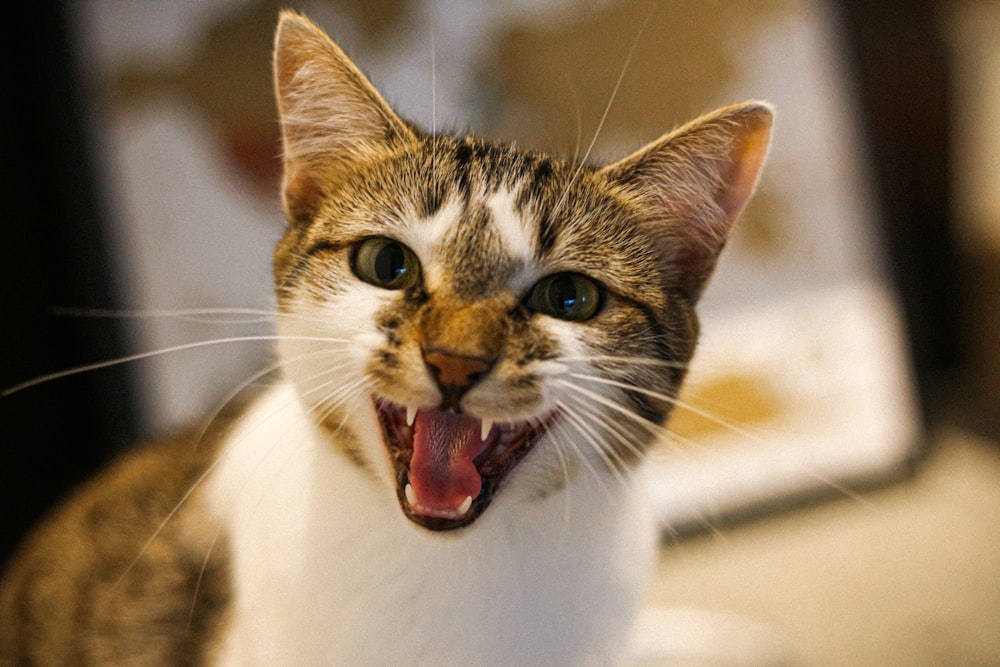While scratching is a totally natural behavior, cats scratching your furniture can be very frustrating. Fear not, we’re here to help! To help you manage your cat’s scratching, this article will review:
- Why cats have the urge to scratch
- How you can keep your cat from scratching your furniture
- What other pet parents are asking about cats scratching furniture
Why do cats have the urge to scratch things?
Scratching is a necessary and natural behavior in cats. They scratch in order to express emotions, mark objects and keep their paws feeling healthy. Providing your cat with acceptable objects to scratch (e.g. a variety of cat scratchers) is vital. If you don’t do this, they may start scratching your furniture, wallpaper or carpets.
How can you keep your cat from scratching your furniture?
Focus on teaching your cat where and what to scratch. This means providing them with a number of different (non-furniture) surfaces and objects to scratch; and making these different surfaces interesting enough that your cat prefers them to the furniture items in your home. To do this:
- Get a variety of scratching posts. In addition to cardboard posts, this means exploring upholstered, wood, carpeted (avoid this if your cat is prone to scratching rugs in your house), horizontal, vertical and slanted posts. All of these different textures and angles will help provide your cat with interesting alternatives to your furniture.
- Dazzle each scratching post. Use toys and catnip to make your cat think, “Wow, this is awesome.” Try hanging different toys from each post every few days so that your cat’s interest is maintained over time. Catnip isn’t something you need to use every day, but bring it out when you really want to incentivize your cat.
- Make the ground around your furniture uncomfortable. Cover the floor where you cat stands to scratch (e.g. the floor by the corner of your couch) with plastic wrap, double-sided tape, or sand paper. Be sure to position a scratching post nearby so your cat has a suitable scratching alternative.
If you find your cat scratching the furniture, gently pick them up and place them on their scratcher (big cardboard scratchers work best). You can either take their paws and gently mimic a scratching motion on the scratcher, or you can scratch the scratcher yourself to show them the motion. Over time your cat will find more satisfaction out of scratching the scratcher than they do from scratching the furniture.

Frequently asked questions about cats scratching furniture
Can smells deter cats from scratching and if so, which ones are safe to use?
Using smells to deter your cat from scratching doesn’t address the underlying reality: your cat needs to scratch. Instead of spraying your furniture, teach your cat where and what to scratch. To do this, use a variety of scratching posts. Place them around the house, in the areas where you socialize such as the living room, and use a variety of sizes and textures so that your cat has suitable scratching options.
Does spraying a cat with water work to stop them from scratching furniture?
No. Spraying your cat with water is a form of punishment that will confuse them, could have long term negative effects, and doesn’t teach your cat anything about where to scratch. Instead of punishing your cat with water, teach them where and what to scratch. To do this, use a variety of scratching posts.
Do nail caps hurt cats?
When nail caps are applied correctly, they shouldn’t cause any discomfort to your cat. That being said, it is very important to apply the caps correctly in order to ensure your cat is able to extend and retract their claws naturally.




